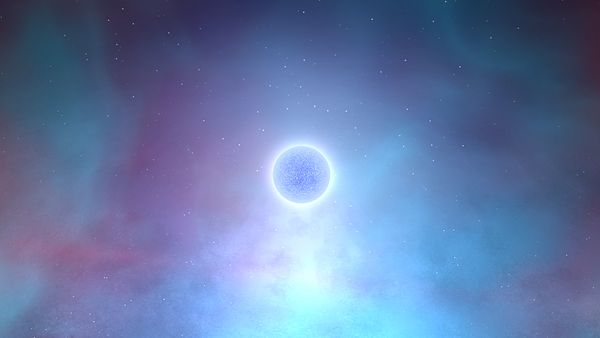How are Exoplanets Detected?
Get answers to:
- What is Doppler spectroscopy used for?
- Are there any direct images of planets around other stars?
- Why do stars wobble?
There are four main ways that exoplanets orbiting stars are detected.1
Direct Observation
Directly observing a planet orbiting a star is very difficult because:
- Planets are very small compared to stars
- Planets do not emit a lot of light – most of the light they emit is reflected light from the star or reradiated as infrared.
Nevertheless, some extrasolar planets have been detected using direct observation. This works best when:
- The planets are quite far from the star, so they are not obscured by the star’s light.
- The planetary system is quite young. This means the planets tend to be quite hot and emit a lot of infrared light.
- The light from the star can be blocked out (with a small disc) to allow the light from the planets to be more easily seen.
- The star and its planetary system are oriented in such a way that we have a “bird’s eye view” of the solar system.
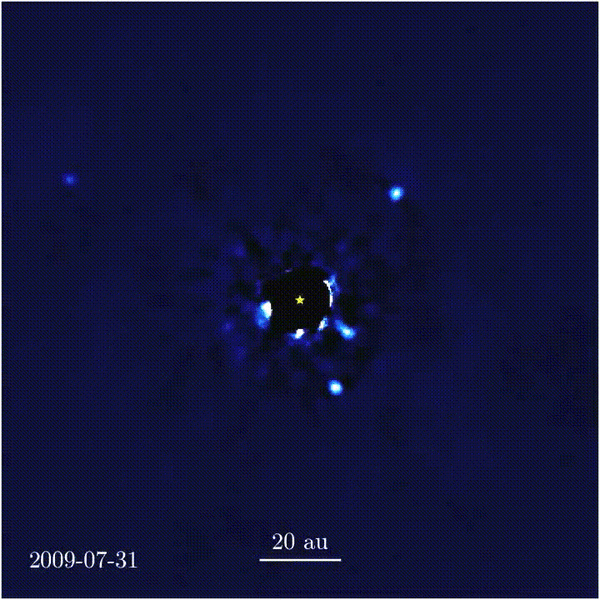
As of early 2018, about two dozen exoplanets have been observed.
The Transit Method
This detection method works best for planetary systems that we observe “edge on”.
As a planet passes in front of the star, it will block out some of the starlight. We can estimate:
- the size of the planet by the amount of starlight which is blocked;
- the orbital period of the planet by the amount of time it takes the planet to pass across the star.
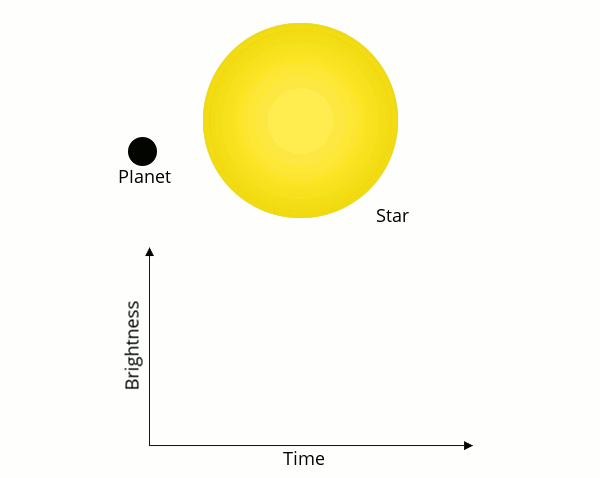
As of early 2018, more than two hundred exoplanets have been discovered using the transit method.
The “Wobble” Method
This method is often used in conjunction with the Transit Method. This method allows us to estimate the mass of a planet. As with the Transit Method it works best when the planetary system is viewed “edge on”. It is more commonly known as the Radial-Velocity Method or Doppler spectroscopy.
When a planet orbits a star, we tend to imagine that the star is fixed in place. This is not true. A star and a planet both orbit around a common point called the barycentre. This point is closer to the more massive object – the star. In most cases, the common point of orbit is actually inside the star.
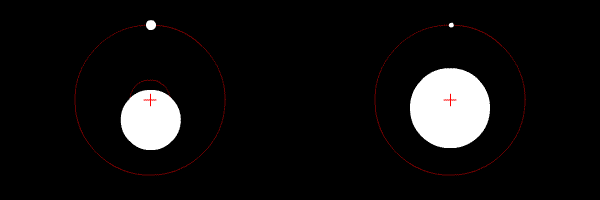
As the star “wobbles”, the frequency of its spectrum shifts. This is called the Doppler effect.2 By observing the period of the Doppler effect – how long a high-low cycle takes – we can determine the orbital period (the time it takes the planet to go around the sun). From this we can determine the size of the orbit. Knowing the size of the orbit and the amount of Doppler shift, we can estimate the planet’s mass.3
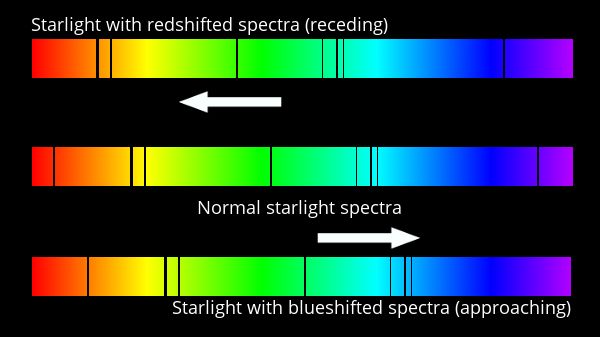
This method is good for very large planets in close orbit around the star. With 2018 technology, we would be unable to detect the Earth orbiting the sun because the Earth’s mass is too small compared to the sun’s mass and our distance too far from the sun for there to be any noticeable wobble.
As of early 2018, more than 400 exoplanets have been discovered using the “wobble” method.
Microlensing
This is gravitational lensing and is useful for detecting planets around very distant stars. It is called “microlensing” because the gravitational effect of planets is much smaller than that of more massive objects – like galaxies.
As with all the detection techniques there are a number of things that have to be “just right” in order for it to work. Because the effect is so small, the alignment of a background light source with the planet as it orbits the star is critical. As of early 2018, fewer than two dozen planets have been identified using microlensing. The gravity of the exoplanet will distort the light as it passes near the planet’s gravity well.
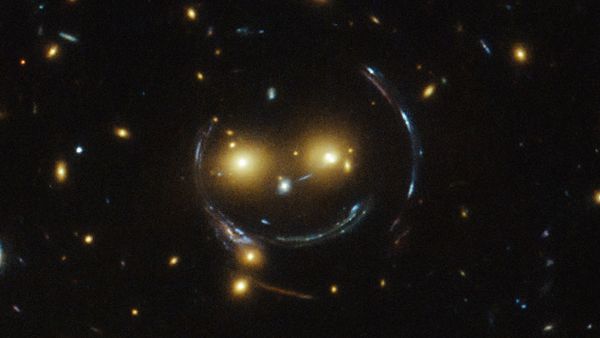
- As of early 2018, there are 14 different techniques that have been used to detect exoplanets. They tend to be closely related to the methods described in this article.↩
- The classic example of the Doppler effect is a train whistle. As the train moves towards you, the pitch of the whistle is higher. As the train moves away from you, the pitch of the whistle is lower. In the same way, when a star “wobbles” toward us, the pitch of the light is higher (bluer); when the star “wobbles” away from us, the pitch of the light is lower (redder).↩
- To estimate the mass of the planet, we have to know the mass of the star. The star’s mass is estimated from its brightness. Brighter stars are bigger and heavier, dimmer stars are smaller and lighter.↩
